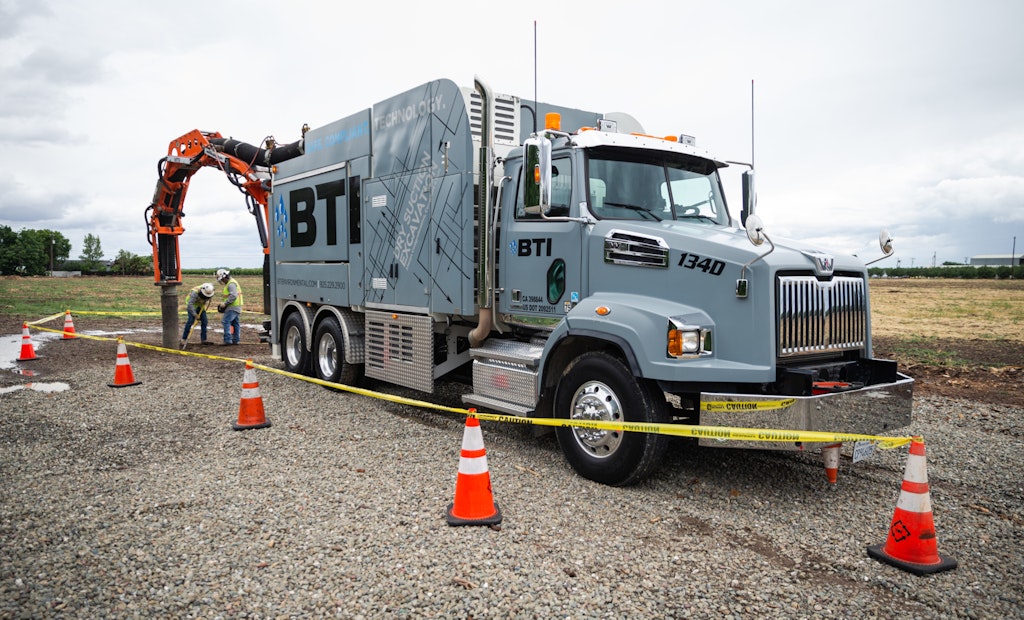When Bradley Tanks Inc. in Danville, California, bought its first Dino Series suction-excavation truck from Germany-based MTS GmbH, company officials were curious about how it would produce out in the field — especially compared to hydroexcavators.
The verdict is that it's very...






